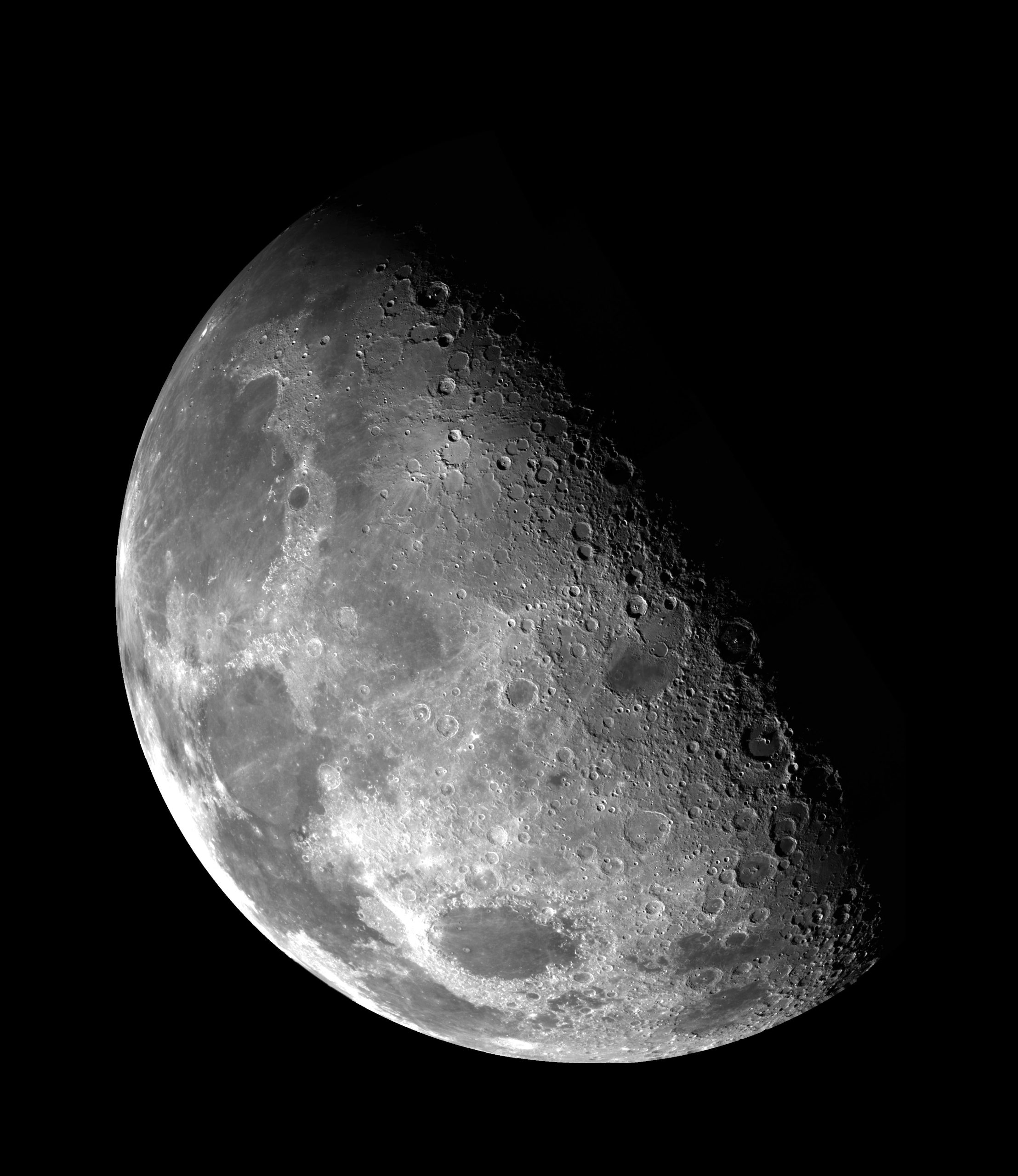Tarot Reading: Separating Fact from Fiction
For centuries, tarot reading has captivated individuals seeking guidance, clarity, and a glimpse into the mysteries of the universe. With its intricate symbolism and mystical allure, it’s no wonder that tarot has gained immense popularity, transcending cultures and generations. But amidst its widespread appeal, the question remains: Is tarot reading real?
| Table of Contents |
|---|
| History of Tarot |
| The Mechanics of Tarot |
| The Psychology of Tarot |
| The Skeptic’s Perspective |
| Closing Thoughts |
History of Tarot
The roots of tarot can be traced back to the 15th century in Europe, where the cards were first used as playing cards. It wasn’t until the 18th century that tarot began to be associated with divination and esoteric practices.
The classic tarot deck consists of 78 cards, divided into two main groups: the Major Arcana, which represents significant life events and archetypal energies, and the Minor Arcana, which relates to everyday occurrences and experiences.
Over the years, tarot has evolved, with various interpretations, deck designs, and methods of practice emerging. Tarot readers employ different spreads, such as the popular Celtic Cross spread, to provide insights into specific aspects of a person’s life.
The Mechanics of Tarot
While some may view tarot reading as purely supernatural or mystical, it’s essential to understand the mechanics behind the practice.
Tarot readings work based on the principle of synchronicity, a concept introduced by renowned Swiss psychologist Carl Jung. Synchronicity suggests that events are not merely random but interconnected through meaningful coincidences. Tarot cards act as a catalyst, triggering the subconscious mind to recognize patterns and make associations.
A tarot reading typically involves multiple steps:
- Shuffling the Cards: The reader shuffles the deck to infuse it with their energy while focusing on the question or issue at hand.
- Card Selection: Once the cards are shuffled, the reader selects a specific number of cards based on the chosen spread, usually laid out in a predetermined sequence.
- Interpretation: The reader analyzes the symbols, imagery, and positioning of the cards to provide insights and answers to the querent’s questions or concerns.
The Psychology of Tarot
Despite its mystical exterior, tarot readings have a deep connection to psychology. Jung believed that tarot cards tap into the collective unconscious, a reservoir of shared human experiences and archetypes.
When individuals seek a tarot reading, they often project their thoughts, emotions, and desires onto the cards. The symbolism within the deck acts as a mirror for their inner selves, facilitating self-reflection and exploration of their subconscious mind.
Research has shown that tarot readings can have therapeutic benefits. In a study published in the Psychological Reports journal, participants reported improved mood and increased self-confidence after receiving tarot consultations. Tarot readings can help individuals gain perspective, make decisions, and uncover hidden aspects of themselves.
The Skeptic’s Perspective
While many people find solace and meaning in tarot readings, skeptics argue that tarot falls into the realm of pseudoscience and cold reading techniques.
Skeptics view tarot readings as a form of psychological manipulation, where skilled readers use general statements and leading questions to elicit specific responses from the querent. They argue that the accuracy of tarot readings can be attributed to the Barnum effect, also known as the Forer effect, which states that individuals tend to accept vague or generalized statements as highly accurate descriptions of themselves.
Furthermore, skeptics argue that the placebo effect plays a role in tarot readings. When individuals believe in the power of tarot cards and the insights they provide, their expectations and beliefs can shape their subjective experience.
Closing Thoughts
So, is tarot reading real? The answer lies in perspective.
From a mystical standpoint, tarot taps into the hidden realms of the unconscious mind, offering guidance and insight. The symbols within the cards can trigger introspection and help individuals understand their hopes, fears, and desires.
On the other hand, skeptics argue that tarot readings are primarily psychological, utilizing techniques and biases to provide a sense of meaning and direction.
Regardless of your standpoint, tarot readings have endured for centuries, captivating hearts and minds. Whether you view tarot as a tool for spiritual exploration or a psychological support system, its value ultimately lies in the subjective experience of those who seek its wisdom.
References:
- https://www.biddytarot.com/tarot-resources/history-of-tarot/
- https://www.ncbi.nlm.nih.gov/pmc/articles/PMC5536839/
- https://www.ncbi.nlm.nih.gov/pmc/articles/PMC5850283/
- https://www.ncbi.nlm.nih.gov/pmc/articles/PMC4679183/
Table of Contents
